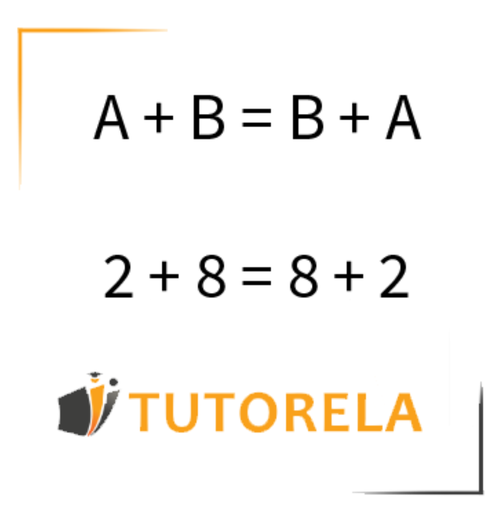The commutative property is an algebraic principle that allows us to "play" with the position that different elements occupy in multiplication and addition exercises without affecting the final result. Our objective in using the commutative property is to make the resolution of the exercise simpler from the point of view of the calculations.
As we have already said, the commutative property can be applied in the case of addition and multiplication.

In other words:
If we change the place of certain elements in the exercise or equation the result will be the same.
Commutative property of addition:
In addition operations we can change the place of the addends and arrive at the same result.
That is:
Same as in algebraic expressions:
Regardless of the order in which we add the terms and no matter how many addends there are, the result will always be the same.
Commutative property of multiplication:
In multiplication operations we can change the place of the terms and arrive at the same result.
That is:
Same as in algebraic expressions:
Regardless of the order in which we multiply the factors and no matter how many there are in the exercise, the product will always be the same.
Note - The commutative property does not act in this way in subtraction and division operations.